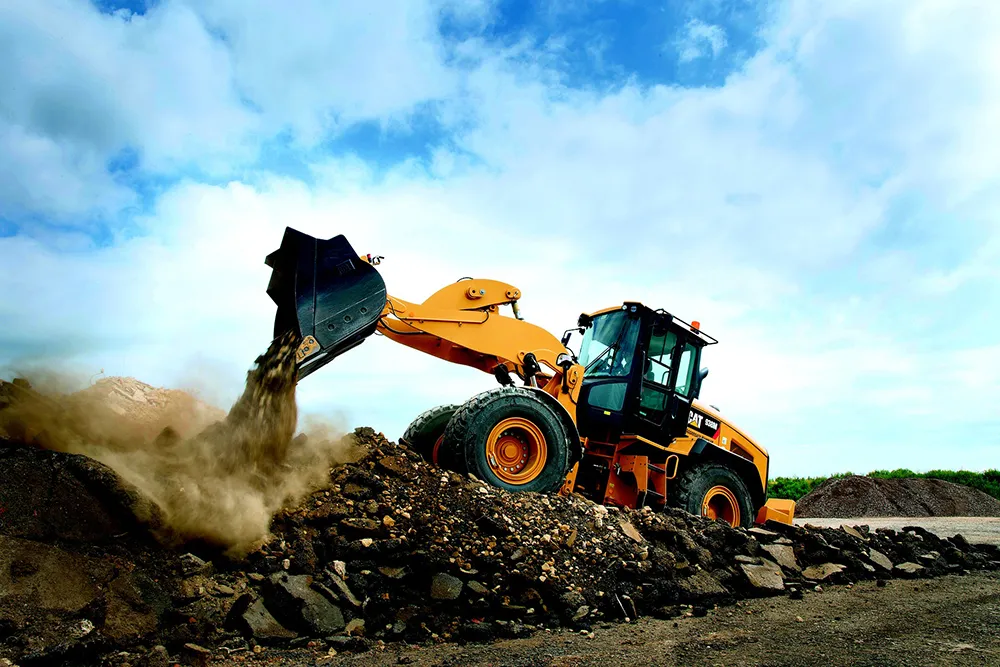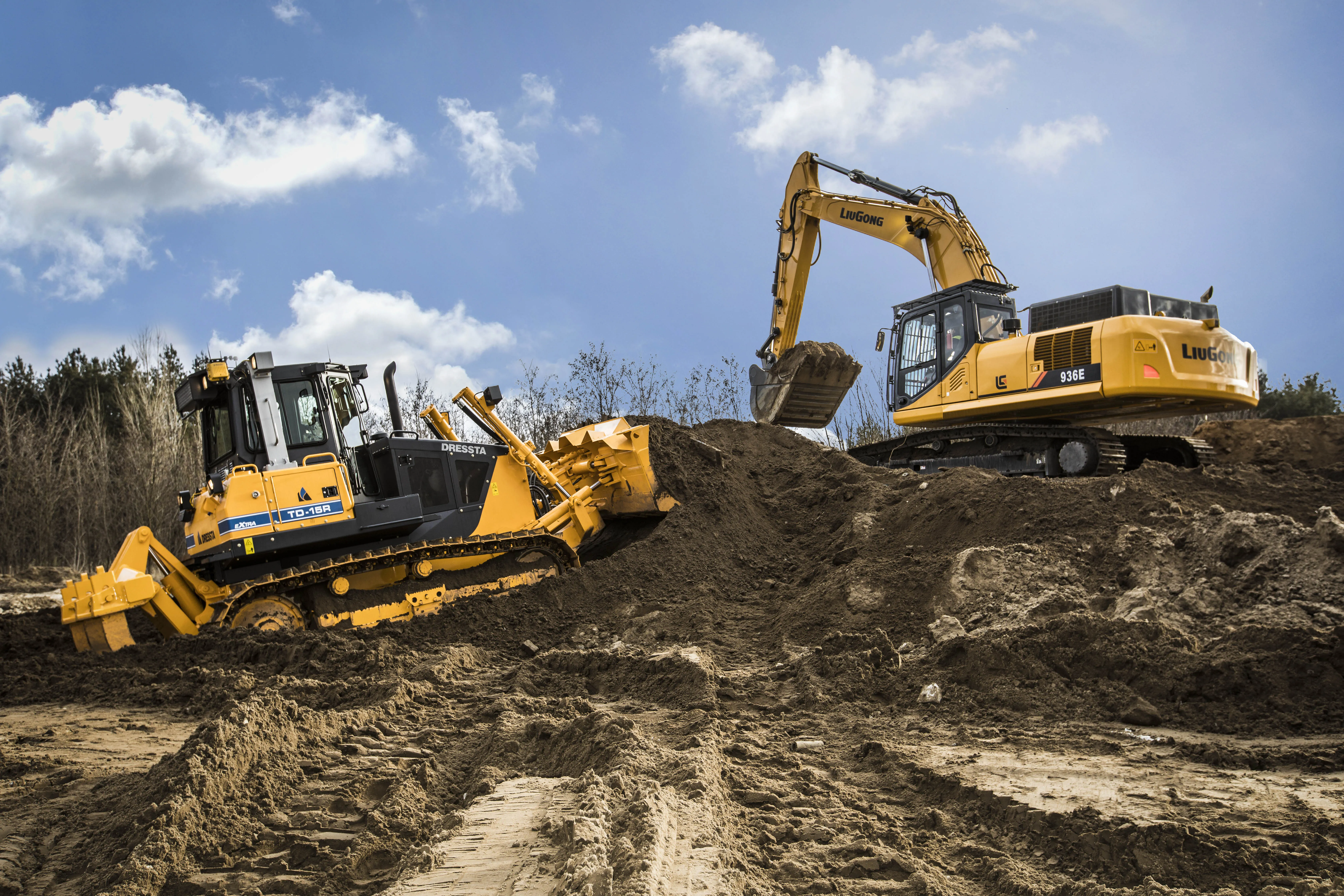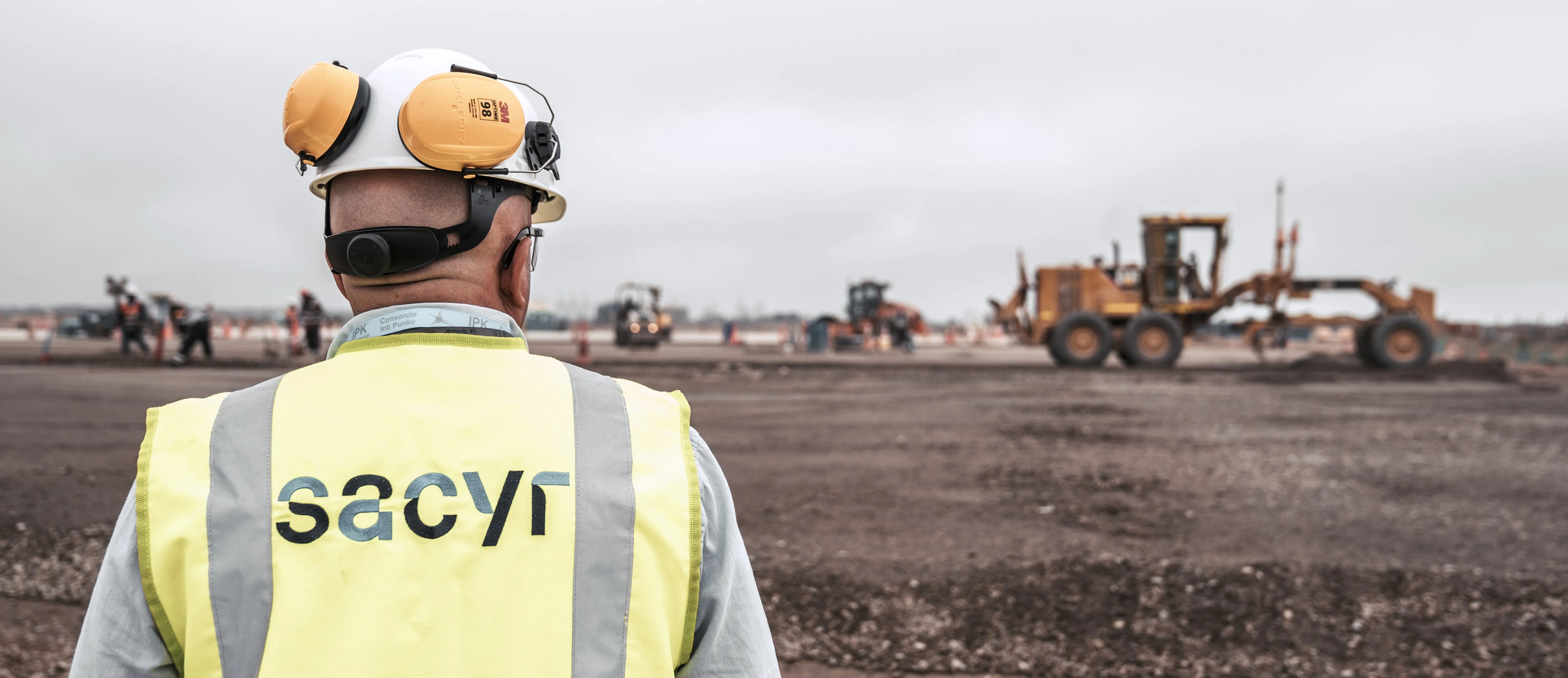
This allows Finning's customers to view key data about their Cat assets using the platform. Finning says the arrival of the CUBIQ Dealer Services platform gives it an industry-leading position in digital asset management, as part of its commitment to powering customer possibility under the flagship CUBIQ name.
The free-to-access, web-based platform is designed to streamline customer touchpoints with Finning at any time, and from any device.
Customers can view key data about their Cat assets using the platform, including machine location, inspection reports, fault code updates and fluid analysis reports.
For customers who already subscribe to Finning and Cat integrated equipment management technology, fault codes are visible in real time so customers can quickly call out an engineer before breakdown. Finning says this will help customers avoid expensive and unnecessary downtime.
Tracking orders of parts is designed to be fast and intuitive, with self-serve functionality and the ability to follow the status of orders all the way through to delivery. This means customers can quickly identify when parts will be delivered and invoiced, saving time and enabling better planning for the jobsite. CUBIQ also enables Finning customers to view key documents associated with parts and equipment, including warranties and customer value agreements.
Finning says the CUBIQ platform is part of its drive to support the construction sector in putting technology first, helping customers make smarter decisions, cost savings and productivity gains.
“We are always thinking about new ways to support customers, and digitalisation is a core component of this process,” said Rachel See, director, aftermarket and marketing at Finning. “The construction industry will benefit massively from the same kind of innovation seen in other markets that have embraced technology to deliver better service.”









